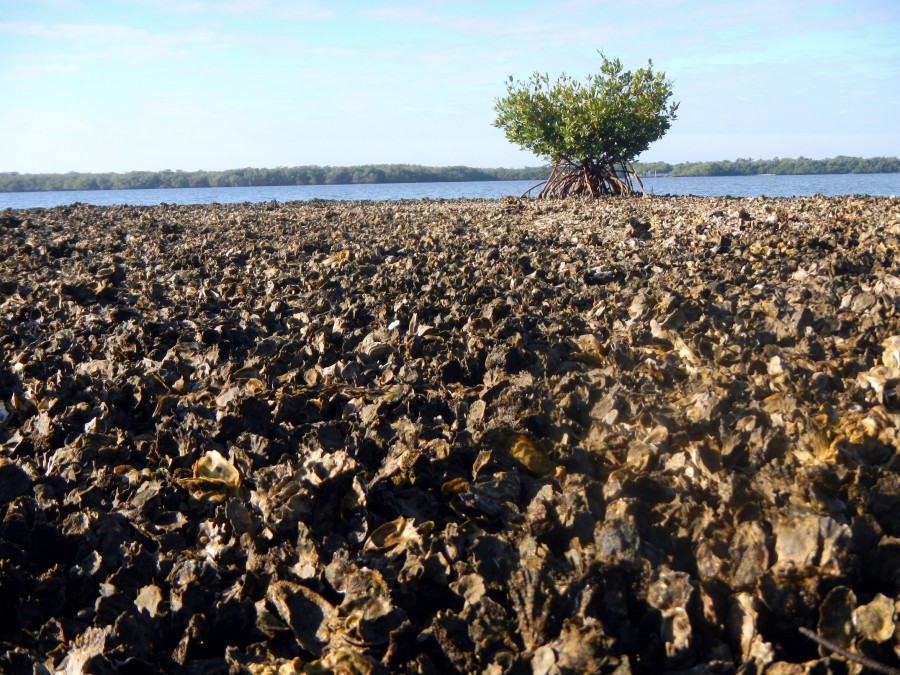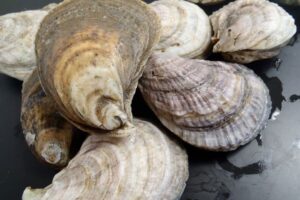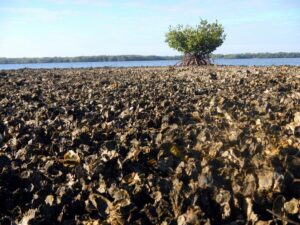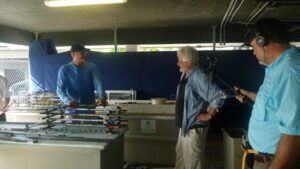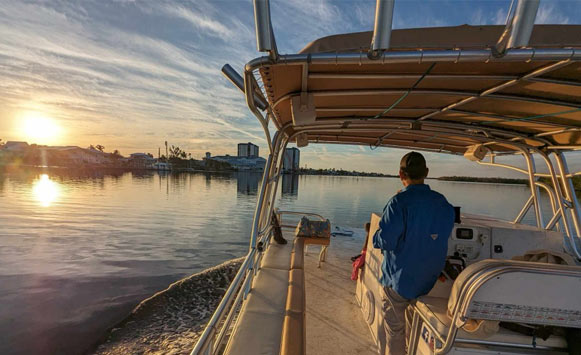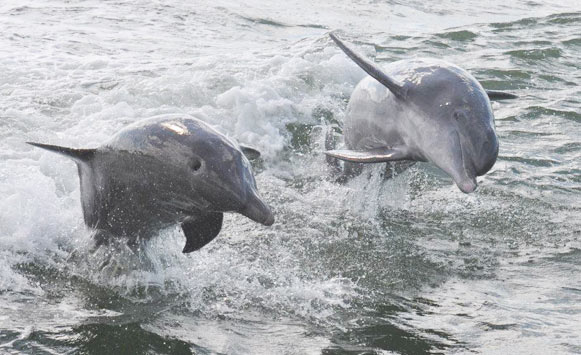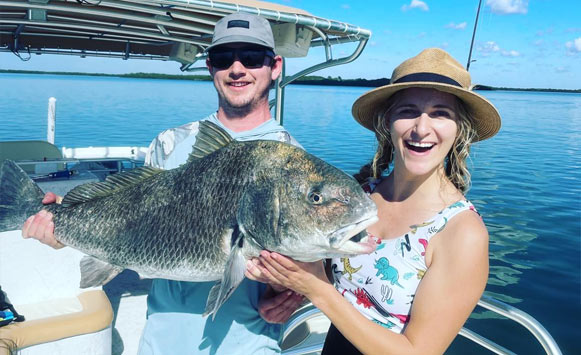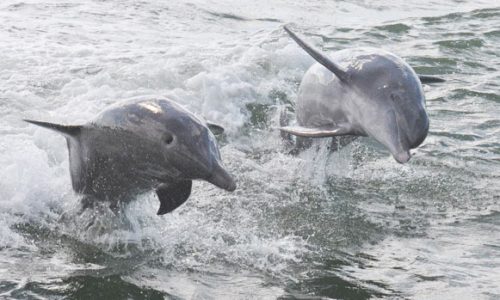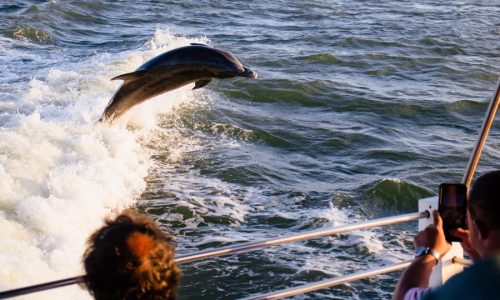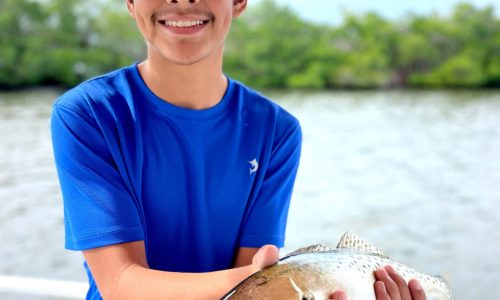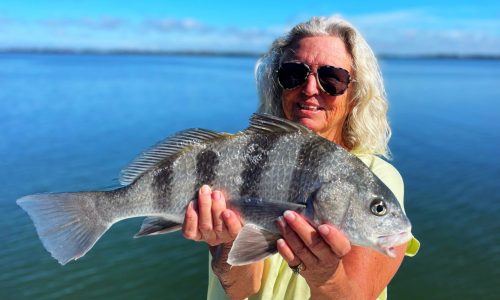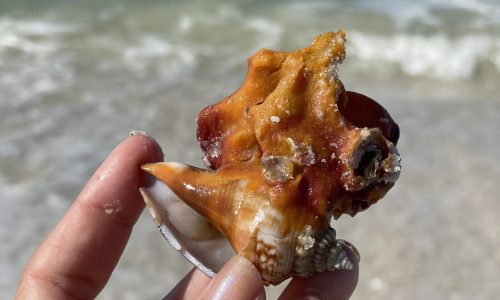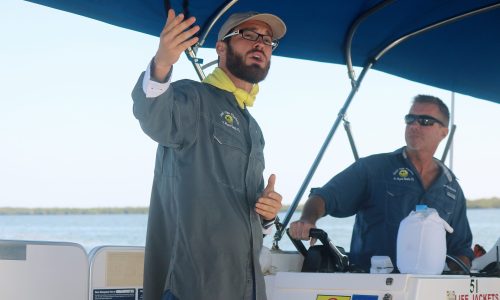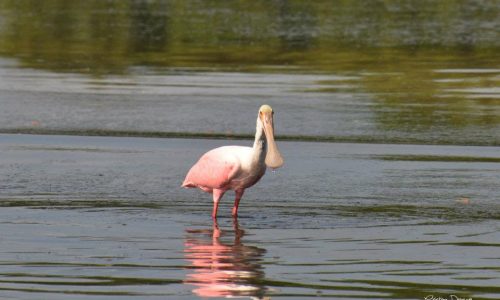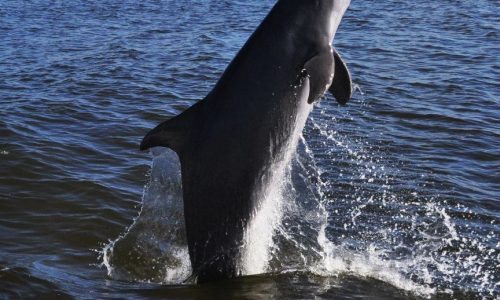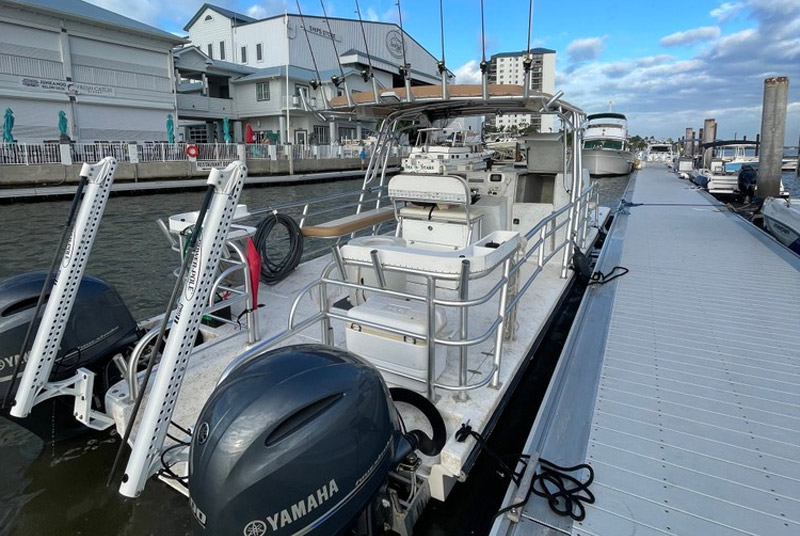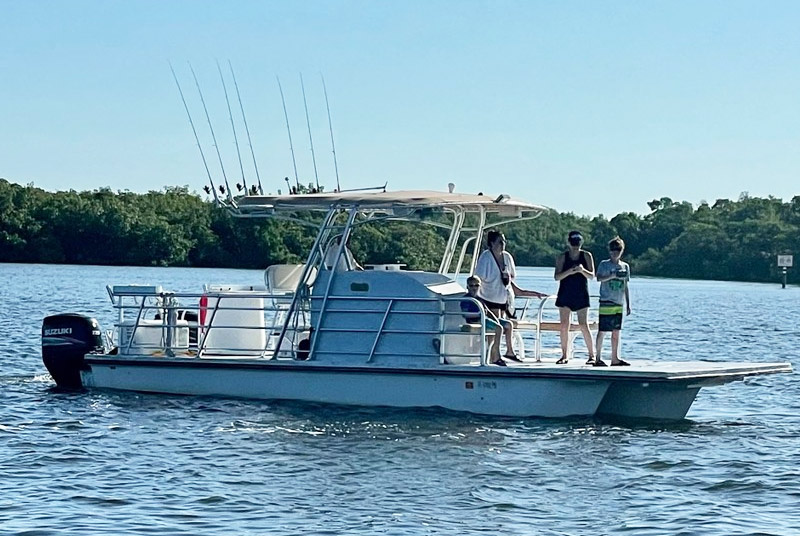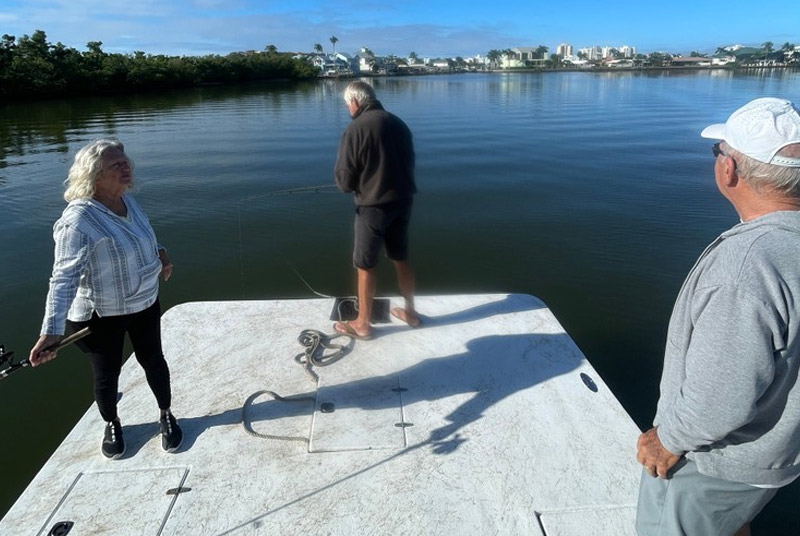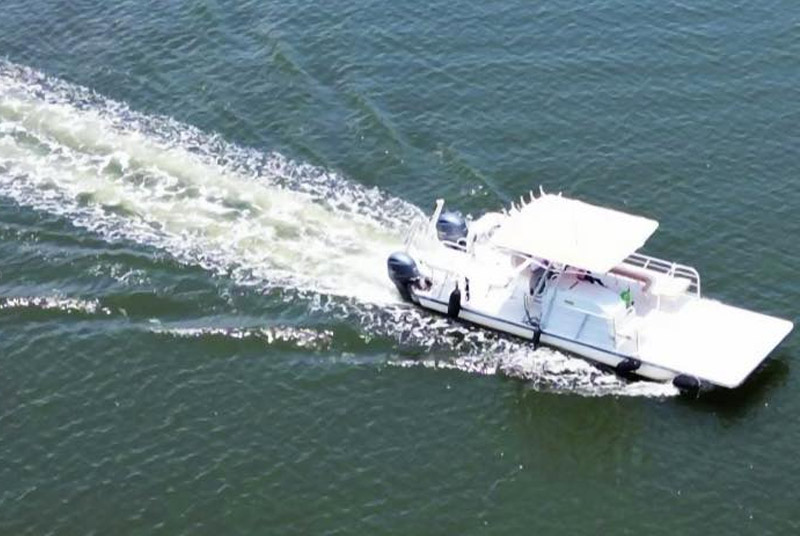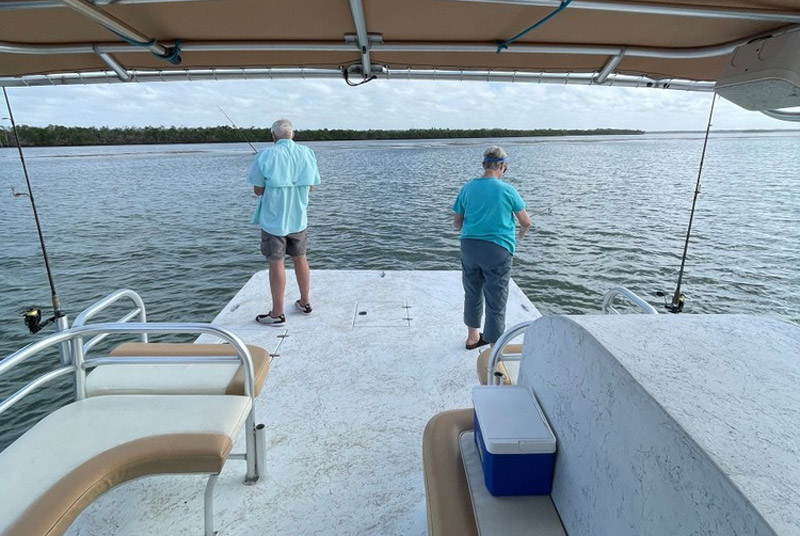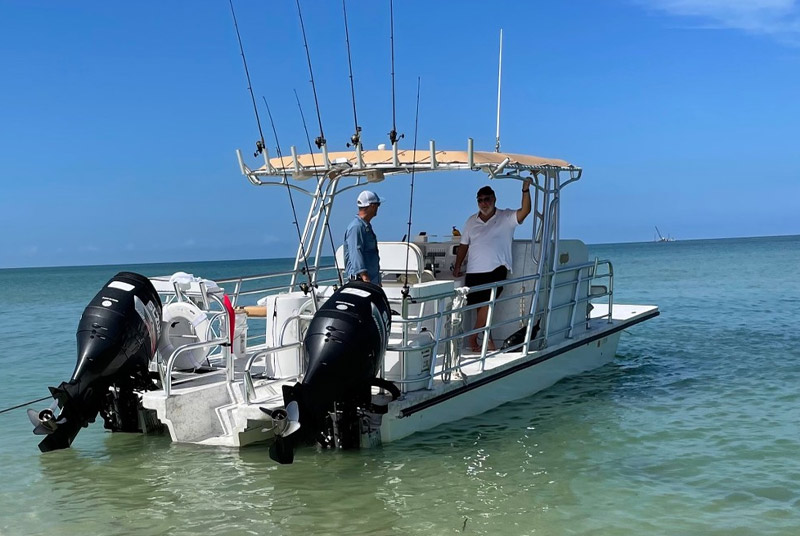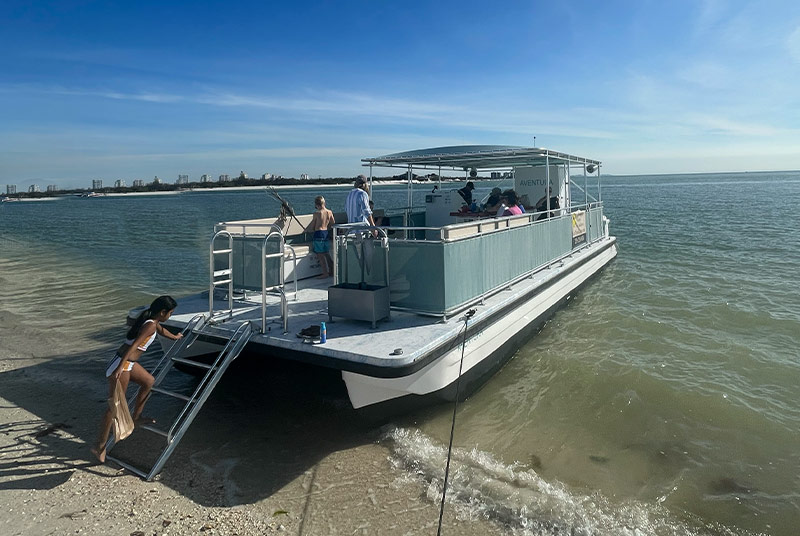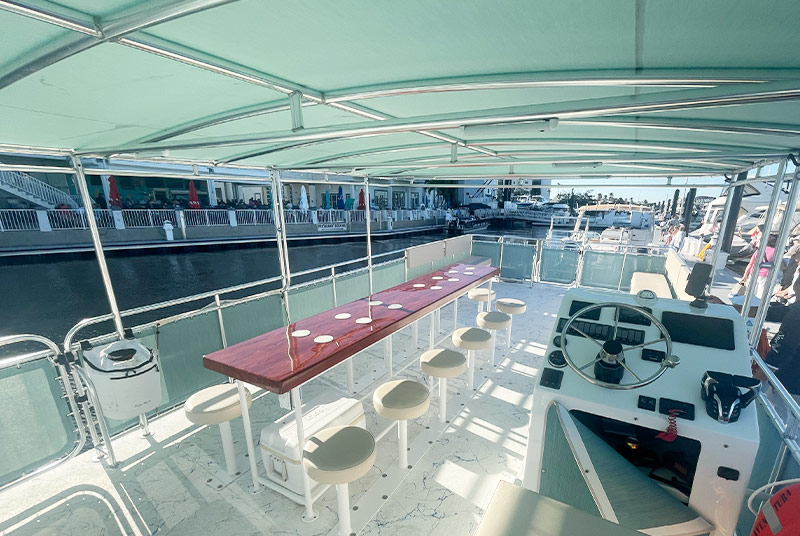Oysters in Estero Bay
It was Jonathan Swift (author of Gulliver’s Travels) who first said –
“He was a bold man that first ate an oyster.”
When you really think about it, was he wrong? Sure, we know now that they’re delicious, salty morsels from the sea but the first person to have picked one up thinking “I’d like to eat that” might have been crazy.
But to be fair, not only are oysters a food source for many of us, they are also a major food source for several of our aquatic birds, crabs, sea stars, whelks, fish, and even raccoons. Oysters are also high in calcium, iron, and protein, so they’re even a pretty healthy treat, most of the time. (National Geographic)
Did you know?
Oysters are a type of shellfish, living in brackish water or saltwater estuaries (like Estero Bay Aquatic Preserve), that are able to filter feed by sucking up the water around them and finding food particles, while also removing pollutants from the water. In fact, just one adult oyster can filter up to 50 gallons of water every single day. This means that as few as 100 oysters in an estuary can suction out nutrient pollutants from surrounding water and disperse clean and clear water at a rate of 5,000 gallons a day (Rink2Reef).
Not only are oysters good for water quality, but their “cultivation and harvest provides significant economic value to coastal communities, they provide a safe habitat for fish and crabs to hide from predators, and they protect underwater vegetation and waterfront communities from waves, floods, and tides” (NOAA Fisheries).
However, their ability to filter massive quantities of water daily also means that they can sometimes retain toxins from phytoplankton in their flesh, making them unhealthy for human consumption. For instance, while we in Estero Bay don’t typically harvest our population of oysters for consumption, due to shallow waters and high temperatures making the likelihood of bacterial presence higher, there are also many protective measures in place due to the Bay’s designation as a “Coastal Aquatic Preserve.”
Luckily, here in Estero Bay, oyster beds are quite abundant.
However, oyster existence may still be threatened by excess pollution, boating, and invasive species which in turn threatens our Bay’s water quality and well-being. Many organizations are trying to combat this, by promoting oyster recruitment (finding a suitable place to live) and growth in order to improve water quality.
One such organization resides locally at Florida Gulf Coast University’s (FGCU) Vester Marine Field Station. This organization known as Rink2Reef ™ Oyster Habitats Waterways Restoration Program accepts broken and discarded hockey sticks from “the NHL, NCAA hockey teams, American Collegiate Hockey Association clubs, high school hockey teams, local hockey clubs, kids’ hockey leagues, and anyone else who plays hockey and breaks sticks” and builds them into cage-like structures suitable for oyster recruitment.
While hockey sticks seem like an unlikely way to create an artificial oyster reef, “broken hockey sticks are non-recyclable and made from environmentally friendly material”, making them the perfect substance. “When oysters spawn, their larvae swim around and feed on phytoplankton (algae). After a few weeks, they look for something hard to settle on, like a carbon-composite hockey stick structure under a dock. This attracts other filter feeders such as mussels, clams, barnacles and tunicates, which attach to oyster shells. This habitat creates an active ecosystem for other species and small fish populations to once again collect and grow. The 9.17-cubic- foot hockey-stick units become home to as many as 400 oysters.” If you do the math, that means a single Rink2Reef ™ habitat could clean up to 20,000 gallons of water per day.
Scientists and volunteers from FGCU spend hours every week cutting, drilling, and piecing together these Lincoln Log type structures so that our marine ecosystems can be healthier and happier. These reefs or habitats are then deployed under docks of businesses, marinas, yacht or boat clubs, private citizens homes, or parks and recreation facilities. While other scientists from FGCU regularly monitor the deployed reefs to make sure that they are functioning properly and attracting oysters. Many of these artificial reefs are even donated or sold to other locations around the country so that more people become aware that their seemingly “useless” broken hockey sticks may be put to better use.
Of the 3.2 million hockey sticks that are produced every year, most are broken, thrown in the trash, and sent straight to landfills. What better way to recycle them than to make them into an aquatic habitat for oysters, barnacles, clams, and fishes to enjoy?
You can learn more about FGCU’s Rink2Reef ™ program and even get involved by creating your own program here: https://www.rink2reef.com
The world is our oyster
Many other organizations around the world are working on similar programs in order to promote oyster growth and water quality. In fact, NOAA (the National Oceanic and Atmospheric Administration) has a specific branch for oyster restoration that has “funded more than 70 oyster restoration projects in 15 states. Some of those restoration techniques include:
- Quickly distributing large amounts of shell with high pressure hoses to provide a suitable base for oysters.
- Constructing a linear reef of shell and rock to stabilize the shoreline and protect seagrass plantings behind the reef, enhancing shoreline stability and providing additional habitat for other reef inhabitants.
- Collecting and bagging oyster shell for use as cultch (the mass of stones, shell, and grit that oyster beds are made of) for spat (young oyster or oysters). Like a quick-start habitat, these bags of oyster shell will help establish new reefs in intertidal areas.
- Creating hatcheries to provide seed oysters in areas where oyster reproduction is nonexistent or unreliable. This will establish new reefs and improve local water quality.”
To get involved with some of these programs locally, the Estero Bay Aquatic Preserve office also often accepts volunteers for its seagrass monitoring, marine debris clean-ups, wading and diving bird monitoring, and water quality/oyster monitoring programs (Florida DEP).
Photos courtesy of the Florida Department of Environmental Protection, NOAA Fisheries, and the Rink2Reef ™ program.

